The Best Companion Plants For Freesias
The Best Companion Plants for Freesias
Freesias are a beautiful and fragrant flower that can add a touch of elegance to any garden. They are relatively easy to grow, but they do best when planted with companion plants that share similar growing conditions.
In this blog post, we will discuss the best companion plants for freesias. We will also provide some tips on how to plant and care for these beautiful flowers.
What are Companion Plants?
Companion plants are plants that are grown together for their mutual benefit. They can be chosen to complement each other in terms of their size, color, and growing requirements. Companion planting can help to improve the health and productivity of your plants, and it can also help to deter pests and diseases.
What are the Best Companion Plants for Freesias?
When choosing companion plants for freesias, it is important to consider their growing requirements. Freesias prefer full sun and well-drained soil. They are also susceptible to root rot, so it is important to plant them in soil that is not too wet.
Some of the best companion plants for freesias include:
- Daffodils: Daffodils bloom in early spring, just before freesias. They help to attract pollinators, which can help to improve the pollination of freesias.
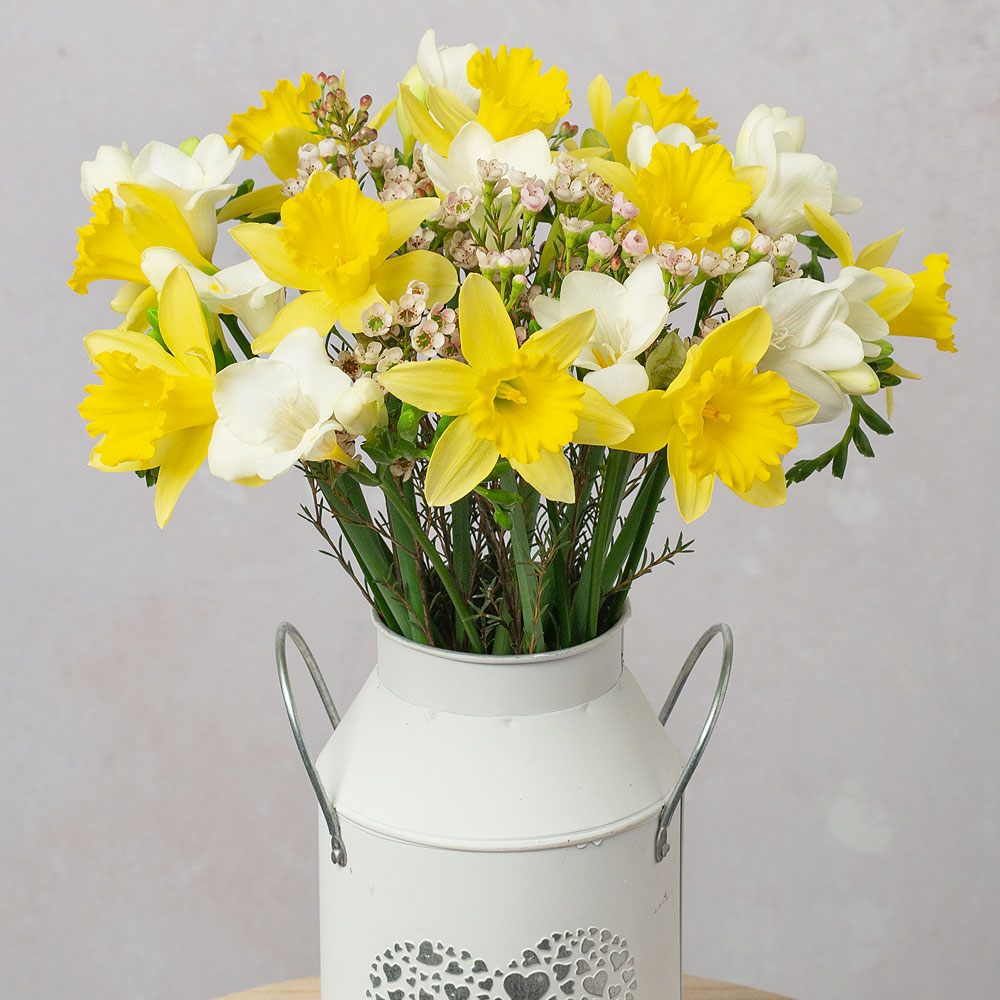
- Gladiolus: Gladiolus are tall, stately flowers that bloom in late summer. They can help to provide support for freesias, which can be top-heavy.

- Iris: Iris are another tall flower that blooms in late spring or early summer. They come in a variety of colors, which can help to add interest to a freesia bed.
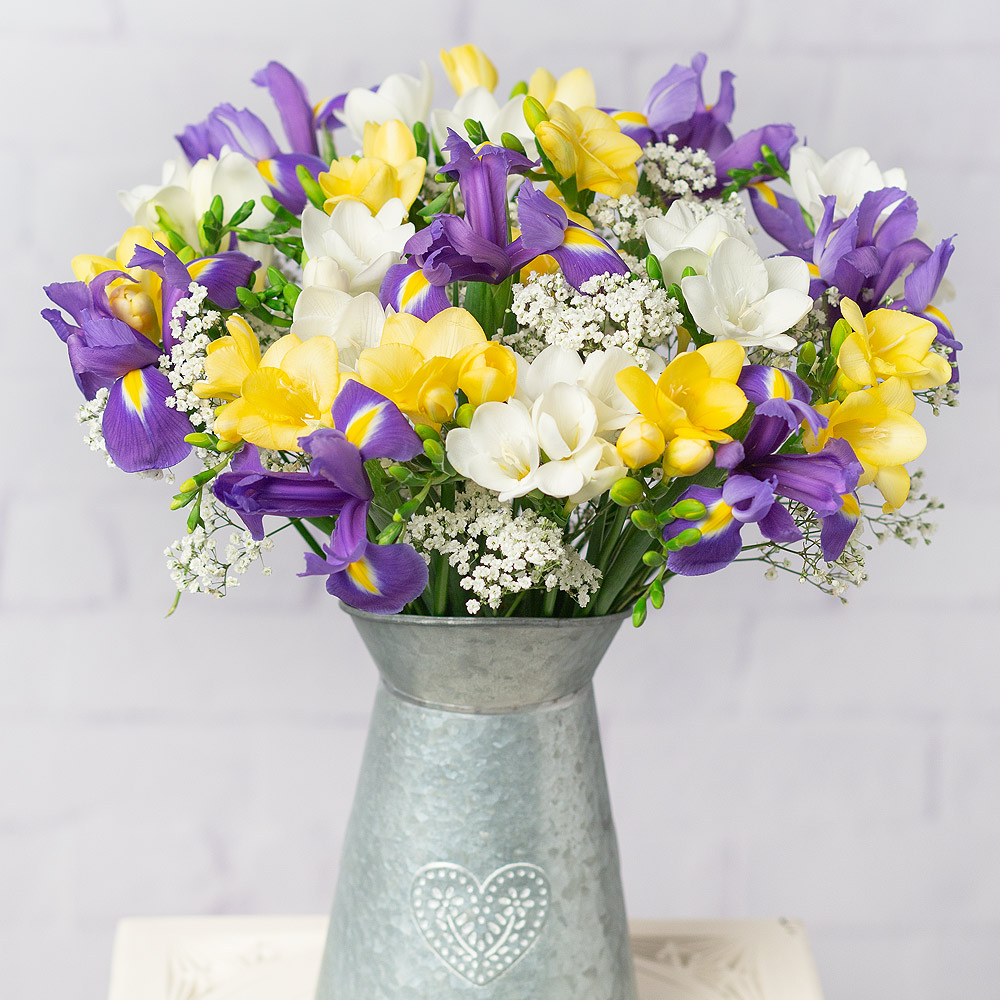
- Lavender: Lavender is a low-growing, drought-tolerant plant that blooms in late spring or early summer. It has a strong, sweet fragrance that can help to mask the scent of freesia bulbs, which some people find unpleasant.

- Snapdragons: Snapdragons are colorful flowers that bloom in late spring or early summer. They are relatively easy to grow and require little maintenance.

- Tulips: Tulips bloom in early spring, just before freesias. They come in a variety of colors, which can help to add interest to a freesia bed.

How to Plant and Care for Freesias
Freesias can be planted in the ground or in containers. If planting in the ground, choose a spot that receives full sun and has well-drained soil. If planting in containers, use a potting mix that is specifically designed for bulbs.
Freesias should be planted about 6 inches deep and 3 inches apart. Water them well after planting, and then water them regularly, especially during the growing season.
Freesias do not require a lot of fertilizer. A light application of fertilizer in the spring will help to promote blooming.
Freesias are relatively pest- and disease-free. However, they can be susceptible to root rot if the soil is too wet. If you suspect that your freesias have root rot, replant them in a new pot with dry soil.
Conclusion
Freesias are a beautiful and fragrant flower that can add a touch of elegance to any garden. By planting them with companion plants that share similar growing conditions, you can help to ensure that they thrive.
With a little care and attention, you can enjoy freesias for many years to come.
Freesias are beautiful flowers that can add a touch of elegance to any garden. But did you know that they can also benefit from being planted near other companion plants? Companion planting is the practice of planting certain plants together to create a mutually beneficial relationship. For freesias, some good companion plants include:
- Dahlias Website address: https://www.gardenersworld.com/plants/10-companion-plants-to-grow/ has a great list of companion plants for freesias, as well as more information about how to plant and care for these beautiful flowers.
- Gladiolus
- Lady's mantle (Alchemilla mollis)
- Larkspur
- Cosmos (Cosmos bipinnatus)
- Amaranth
- Pincushion flower (scabiosa)
These plants all have similar growing conditions to freesias, so they will thrive when planted together. They can also help to deter pests and diseases, and they can even improve the flavor of freesias when they are used in cut flower arrangements.
If you are looking to add some beautiful and fragrant freesias to your garden, I encourage you to visit Gardenia Inspiration for more information about companion planting. You may be surprised at how much your freesias will benefit from being planted near other compatible plants.
FAQ of freesia companion plants
null
Image of freesia companion plants
Here are 5 different images of freesia companion plants:
- Agapanthus: These blue-flowering plants have similar growing conditions to freesias and can add height and drama to a border.

- Iris: These spring-blooming bulbs come in a wide range of colors and can be planted alongside freesias for a colorful display.
- Lavender: The fragrant lavender plant is a great choice for companion planting with freesias because it deters pests and attracts pollinators.
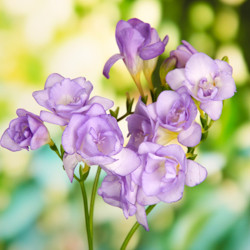
- Zinnia: These cheerful annuals come in a variety of colors and can add a pop of brightness to a border of freesias.
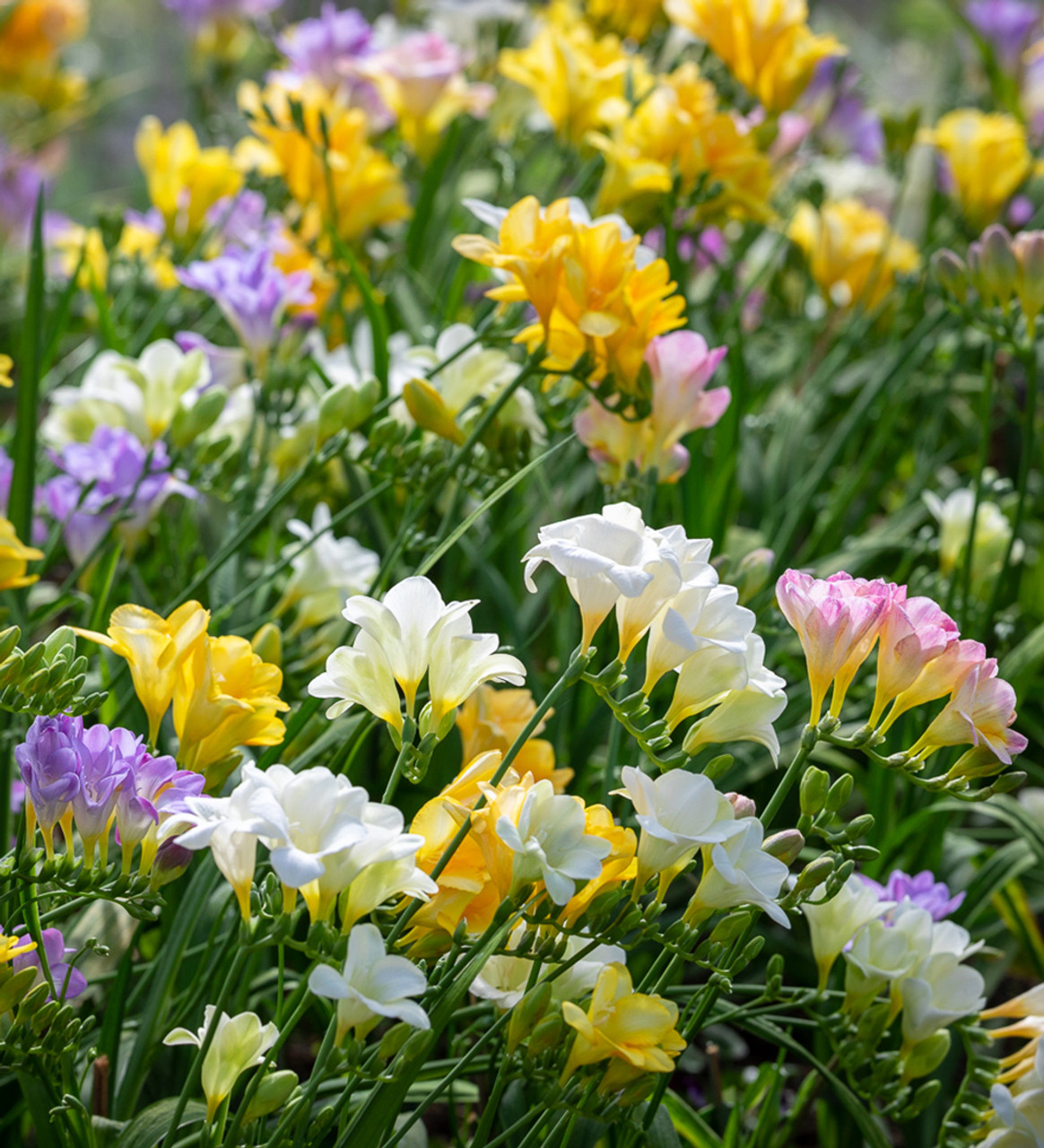
- Vinca: This evergreen groundcover plant can help to suppress weeds and provide a backdrop for freesias.
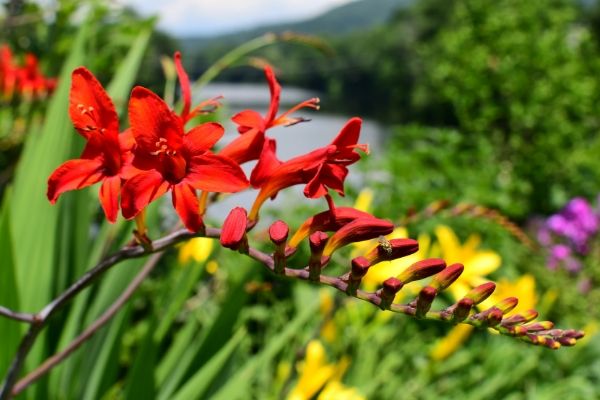
Post a Comment for "The Best Companion Plants For Freesias"